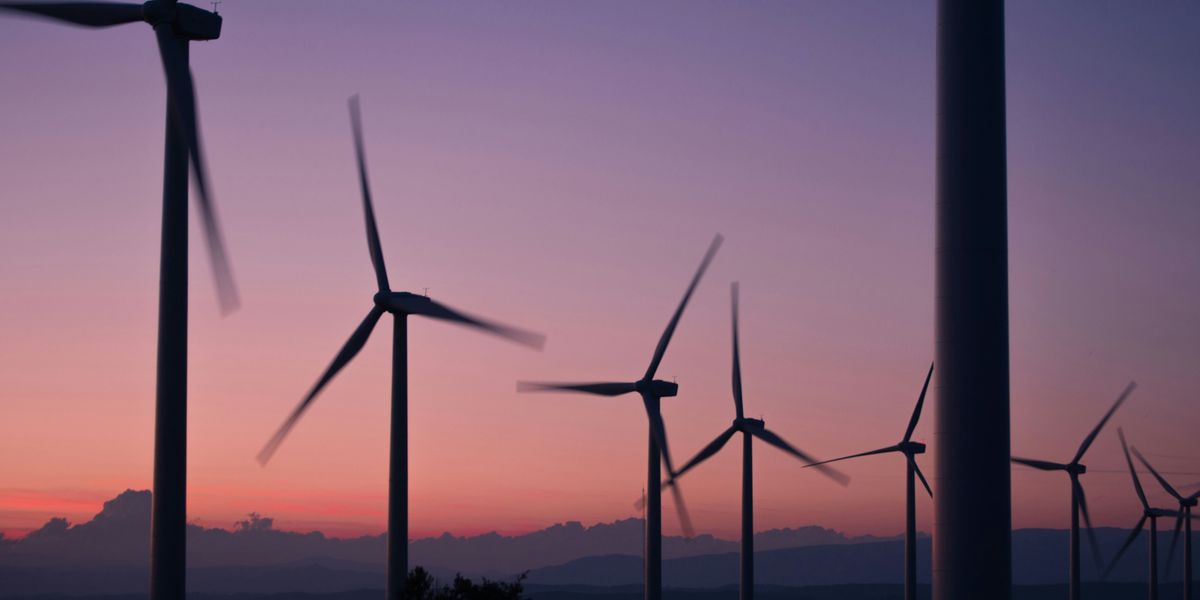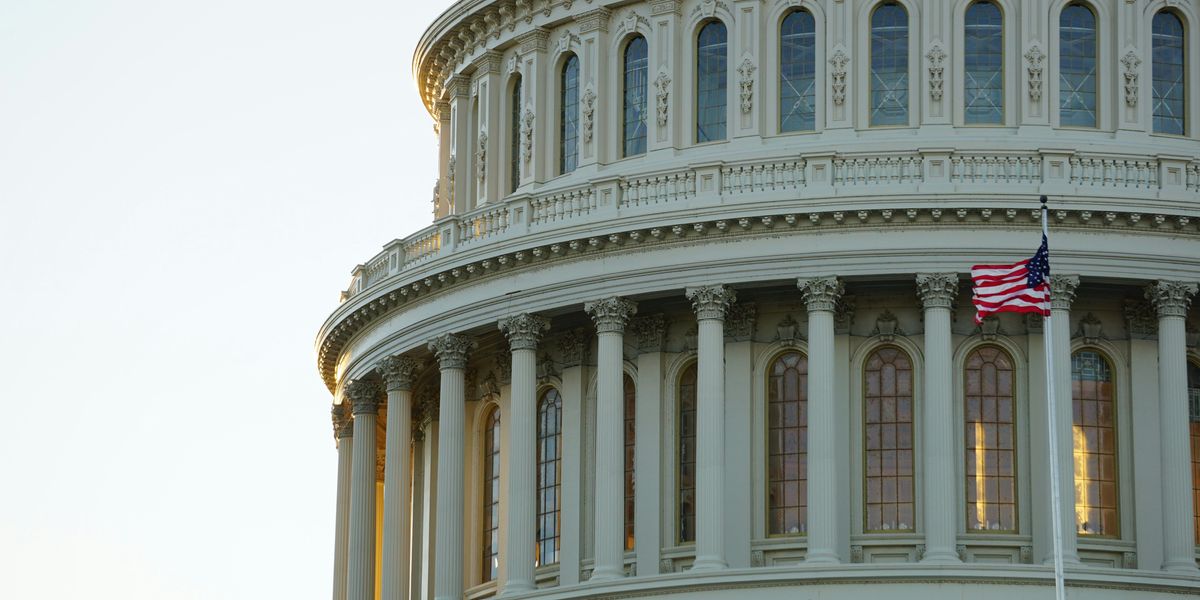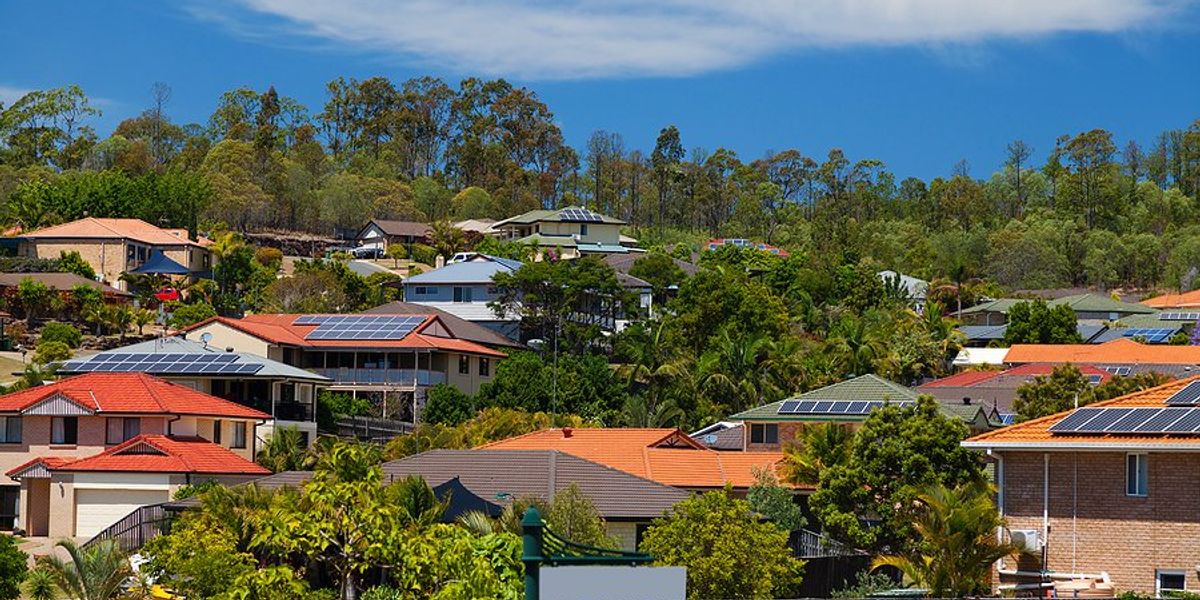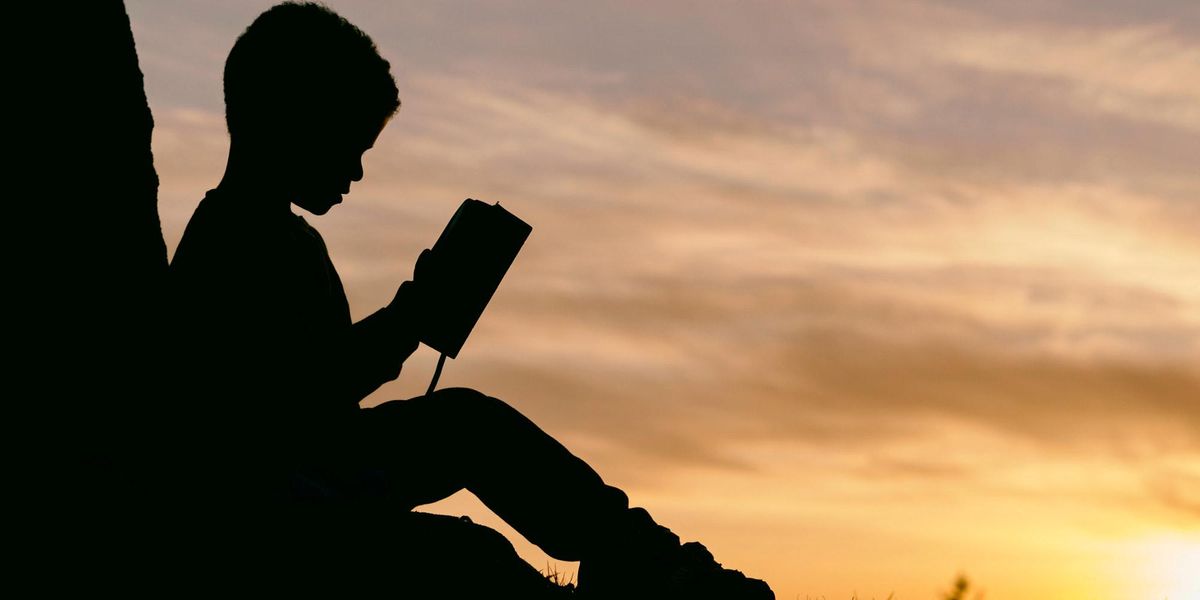
Our annual summer reading list, 2022 edition
Happy 4th of July! Here's some summer reading picks from our staff.
It's that time of year again, folks—our annual summer reading list!
Our staff has picked and reviewed some of their favorite books to help you find a good read for the summer. Some picks are environmental ... some not so much. Some are light, some are heavy. No matter your preference, you're sure to find something you like here.
Enjoy the list and, as always, we'd love to hear some of your suggestions.
Brian Bienkowski’s pick: Indian Horse, by Richard Wagamese
I read "Indian Horse" in the throes of winter here in Michigan’s Upper Peninsula. The book’s sparse prose, bleak landscapes, and hockey talk were an appropriate fit for short, dark days when temperatures were hovering around zero Fahrenheit. But this would be just as captivating a read on a sunny beach or in a camp chair fireside.
Wagamese is a master of brevity and paints a painful picture of an Indigenous youth, Saul Indian Horse, who briefly experiences the fulfilling intersection of family, tradition, and sustaining natural resources before it all goes to hell. The book gives the ugly details of boarding schools, and Wagamese doesn’t let the reader look away. Saul, however, excels at hockey, and it propels him out of the boarding school abuse into a life of bouncing around industrial and logging towns drawing cheers and jeers, depending on the race of the fans. But despite this short-lived redemption, the boarding school scars never fully leave him.
It’s not a lighthearted read, but it’s a realistic portrayal of an ugly period in North American history — one that is seldom taught or thought about. With a light touch, and no wasted words, Wagamese brings you to the cedars and freshwater lakes, concrete boarding schools, warm Indigenous living rooms smelling of home cooked meals, sweaty hockey locker rooms, and on a journey of personal discovery across Canada’s far North.
Kristina Marusic’s pick: The Wildflowers of Tennessee, the Ohio Valley, and the Southern Appalachians (or your local wildflower guide)
I follow lots of foraging accounts on TikTok, and one of my favorite foragers introduced me to this book while they were hunting for edible wildflowers.
“The Wildflowers of Tennessee” is the most comprehensive field guide to wildflowers published for the 16 states it covers. It’s heavy on color photos and has a handy, rainbow-hued guide at the beginning for quickly identifying flowers by color. Each flower’s entry includes detailed notes on edibility, medicine, Native American traditions, folklore, and the origin of flower names.
On a short walk around my Pittsburgh neighborhood this spring, I was able to identify several types of wildflowers I’d never before known the names of, like moth mullein (Verbascum blattaria), small white flowers with magenta centers and sunny yellow anthers growing by the side of the road. The guidebook taught me that these flowers got their name because their hairy stems “resemble the insect’s antenna and tongue,” and that they’re cunning little blossoms: The long hairs and knobs on their stamens make insects think they’re flush with pollen, attracting lots of pollinators even though their pollen reserves are actually quite small.
I also spotted Scarlet Pimpernel (Anagallis arvensis), bright orange-red, star-shaped blooms with a delightful list of nicknames including Bird’s Eye, Eyebright, Wink-a-Peep, and, in England, Poor-Man’s Weatherglass since the flowers close when bad weather approaches.
While it might not be your go-to beach read, delving into the wildflower guide for your region is sure to help you slow down and smell the roses this summer (literally and figuratively).
Douglas Fischer's pick: The Great Gatsby, by F. Scott Fitzgerald, and The Chosen and the Beautiful, by Nghi Vo

I know: NOBODY wants to read (or reread) "Gatsby," that staple of high school English class, over summer.
But hear me out.
First, in this day of gross income inequality and insane CEO pay, Fitzgerald's masterclass on society and power has never felt more relevant.
And then there's the weather: With so many of us today suffering through suffocating, hot, smoky air from wildfires, or suffocating, unrelenting heat waves, the "Gatsby" scenes where stultifying Long Island summer heat drives characters into frenzy and madness come as a gut punch.
The "Gatsby" of your youth may have been all about love, power, and class. The "Gatsby" for our climate-changed world shows how oppressive, inescapable heat slowly drives us all insane.
***
But the real reason to read "Gatsby"? To enjoy dessert: Nghi Vo's "The Chosen and the Beautiful."
Vo's debut novel retells "The Great Gatsby" from the perspective of Jordan Baker, the golf star and girlfriend of "Gatsby" narrator Nick Carraway.
Except that, in Vo's hands, Baker is a queer, Vietnamese adoptee looking in at a world where so many doors remain closed. And the story is pure confection, filled with magic and mystery, fun, and spice.
You can enjoy "Chosen" without (re-)reading Fitzgerald's Jazz-Age classic. But with "Gatsby's" details fresh in mind, Vo's through-the-looking-glass twists become all the more entertaining, wry, and witty.
Plus, you'll have something to talk about this fall when your child comes home with "The Great Gatsby" on her AP English reading list.
María Paula Rubiano A.’s pick: On Time and Water, by Andri Snær Magnason
It is said that climate change represents an existential threat to all life on Earth. Why, then, are we not thinking about this crisis on an existential note — the nature of time, change and water?
This is the guiding question of Andri Snær Magnason’s “On Time and Water.” Perhaps because he was born in a land that could exist in mythological tales – a magnificent planet's frozen island north, where hundreds of volcanoes erupt frequently – the writer gives poetic and spiritual weight to climate science without losing simplicity in its prose.
A meeting with the Dalai Lama is the catalyst for Magnason’s quest. As a grandma would tell her grandchildren the tales of Prometheus, Bachué, or any other mythological figure, Magnason tells us the story of time and water on Earth – and how humans are rewriting it. His narration intertwines the personal story of his family’s generations (his grandparents’ life-long fight to study and protect Iceland’s glaciers, his uncle’s quest to save crocodiles) with the discovery of fossil fuels and the ecological crisis of glaciers in the Himalayan plateau, home of the Dalai Lama and his political struggles. It sounds all over the place, I know! But as with poetry, this book really can’t be explained. Its impact can only be felt upon reading.
Towards the end, the author presents several possible solutions to the climate crisis. But, sadly, he omits the pivotal role that Indigenous peoples might have in our path towards a livable future. After all, they have long understood that the spiritual and the scientific might sit closer than western culture believes. As a result, they have conserved most of Earth’s remaining biodiversity (as a complimentary reading, I suggest "Braiding Sweetgrass: Indigenous Wisdom, Scientific Knowledge, and the Teachings of Plants" by Potawatomi professor Robin Wall Kimmerer).
Despite this shortcoming, the book is worth a read, as it provides a complex look at our mythological era: an era when, as Magnason puts it, we need to turn away from the Black Sun and its fossilized deposits and reconnect “with the Earth and the glowing Sun above our heads.”
Autumn Spanne’s pick: The Warmth of Other Suns, by Isabel Wilkerson
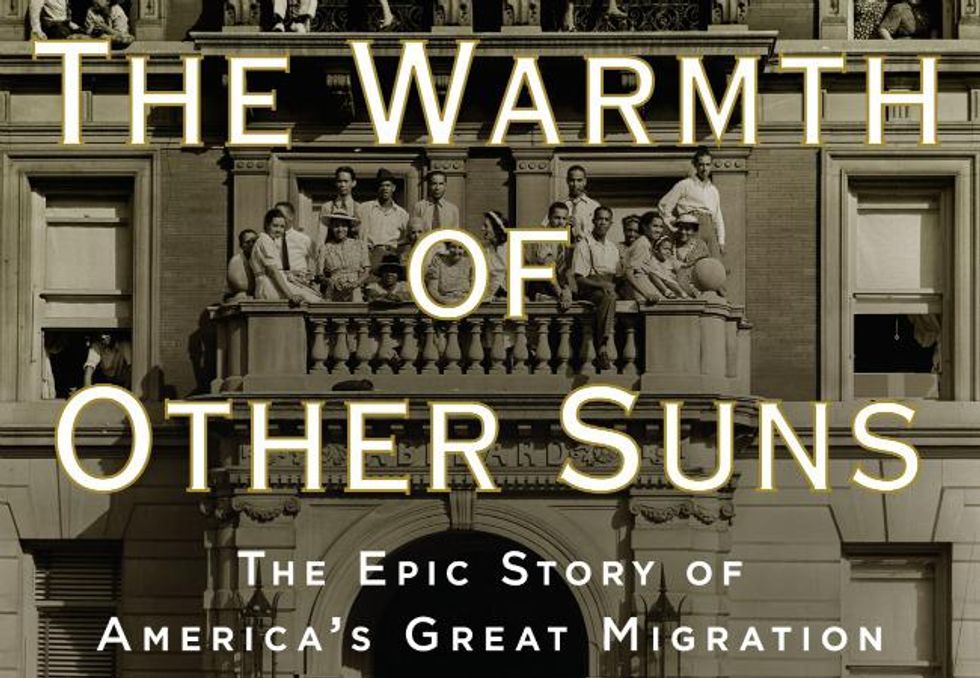
Pulitzer Prize-winning journalist Isabel Wilkerson’s "The Warmth of Other Suns" captures the horror of Jim Crow and excavates both the hope and unfulfilled promises of the Great Migration, when some six million Black Americans migrated from the South to northern and western cities between World War I and 1970. More than a decade after its publication, her book remains instructive for anyone seeking greater context about the United States’ current moment of racial reckoning.
Wilkerson vividly retraces the journeys of three compelling characters from different states — Mississippi, Florida, and Louisiana — in the 1930s, 1940s, and 1950s, respectively. They are escaping dire situations, but Wilkerson also makes clear the extreme risks and sacrifices associated with leaving. Ultimately, her three protagonists face an America beyond the Jim Crow South that is far less welcoming than they imagined, from employment discrimination to redlining to straight-up terrorism perpetuated by white people intent on keeping Black families from integrating suburban neighborhoods at any cost.
Wilkerson documents the experiences of her protagonists with deep compassion — her own parents were part of this exodus — but also with great skill as a journalist who elevates individual stories into powerful vehicles for understanding the deep roots of America’s persistent racism and inequities today. Wilkerson has spoken about the incredible responsibility she felt to tell the sweeping story of the Great Migration through these characters in a way that would encompass the experiences of all who shared their tales of exclusion, trauma, and triumph. Ultimately, she presents stories of survival, of people who faced adversity and physical danger and persisted nonetheless to enrich their adopted communities in a multitude of ways.
Wilkerson compels her readers to step back and consider how the uniquely American system of segregation and oppression known as Jim Crow continues to taint our democracy. She also shows how less formal versions of Jim Crow flourished outside the South, casting a shadow over not just the economic prospects, but the basic safety and wellbeing, of millions. No journalistic account I’ve read about the Great Migration has felt as intimate or as powerful as Wilkerson’s beautiful, exhaustively-researched storytelling. Next on my list is Wilkerson’s 2020 book "Caste: The Origins of Our Discontent," a followup of sorts to "The Warmth of Other Suns" that places the United States’ systems of racial and class hierarchies in a more global context.
Gwen Ranniger’s pick: Cloud Cuckoo Land, by Anthony Doerr
I’m a library patron 99% of the time: Not only do the librarians typically have excellent recommendations, but I also rarely read a book twice, so the library is a wonderfully economical, wallet-friendly resource.
However, last fall (really winter up here in Anchorage, AK) I purchased "Cloud Cuckoo Land" on a whim when I was very pregnant and needed something different to pass the time. I do not regret purchasing this book; it is one of the rare ones that I will read again.
But that doesn’t tell you much — so here’s my argument as to why this book needs to wind up on your lap this summer:
"Cloud Cuckoo Land" is a novel that spans past, present, and future. It follows the lives of individuals in Constantinople during the siege of 1409; a boy, Seymour, in present-day Idaho who through life circumstances is a burgeoning environmental terrorist; an elderly man who happens to be in the library where Seymour plants his bomb; and a girl on an extraordinary, sacrificial space station mission hundreds of years after the end of the Earth.
How on earth do these narratives connect? By way of a bygone myth interwoven in all five lives: Aegon, a shepherd who longs to find a better world, the fabled Eden.
The book is hard to put down. From ancient war to homegrown terrorists to disease plaguing an isolated experiment to save humankind, the stories are intriguing and heartbreaking at times. Together, they are a masterful depiction of individuals looking for ways to live on a better Earth.
I’ve read many a book with multiple storylines running synchronously, but never have I read one written with such deeply creative and seemingly random storylines that inexplicably fit together. You may have heard of Doerr for his Pulitzer Prize winner "All the Light We Cannot See," which is also an excellent novel. However, I cannot recommend his latest book, "Cloud Cuckoo Land," enough.
Jim Germond’s pick: Encounters with the Archdruid, by John McPhee
John McPhee needs no introduction as a writer. His bona fides and accolades are many and easy to find: a decade with Time, sixty years with The New Yorker (still contributing at age 90), thirty books, and a Pulitzer.
Sometime during the '70s, between the gonzo journalism espoused by Hunter S. Thompson and the metaphorical mashups of Tom Robbins, I discovered McPhee in a pile of used books outside the Student Union at Western Washington University.
That book was "Encounters with the Archdruid." It was at once engaging, insightful, and informative. Who was this guy? My immediate impressions of McPhee suggested a meticulous writer — a craftsman of considerable skill and powers of observation. The structure of the book — indeed, every McPhee I’ve read — suggests a man with a thoughtful plan, so it came as a surprise to me when I ran across a piece from 2011 in which McPhee reveals that "Encounters" began as a complete abstraction.
Weary of writing profile after profile, the form that was defining his career, and mindful of a rut he feared he might not escape, McPhee was moved to pin a piece of paper to his bulletin board that read simply, “ABC/D.” He professed that at the time and for sometime after, he had no idea what “ABC/D” might come to represent. He knew he wanted to up his literary game — put more balls in the air — but he had yet to define the variables.
As it happened, the “D”— the common denominator — would come to represent David Brower, the controversial first executive director of The Sierra Club. The “A” would denote Charles Park, a mining geologist sent to evaluate the feasibility of the Kennecott mining company's claim to a mile-wide copper deposit in Washington State’s Glacier Peak Wilderness. “B” would be personified by Charles Fraser, a real estate wunderkind, flush with cash and confidence and intent on leaving his mark on Cumberland Island. “C” would constitute the headliner, the Archdruid’s arch-nemesis Floyd Dominy, commissioner of the U.S. Bureau of Reclamation and passionate impounder of water.
"Encounters with the Archdruid" was to become a narrative detailing three journeys, presented in sections aptly titled A Mountain, An Island, and A River, in which Brower went toe to toe (at times literally) with his ideological foes. Brower searched out the copper deposits in Glacier Peak Wilderness with Charles Park, toured Cumberland Island with Charles Fraser, and rafted the Colorado River with Floyd Dominy. McPhee bore witness. The results might surprise you.
Brower and Dominy had in the recent past clashed bitterly over dam proposals from Arizona to Alaska. Brower used the Sierra Club to wage expensive, high-profile, take-no-prisoner campaigns which kept proposed dams out of the Grand Canyon and Dinosaur National Monument, but failed to stop Glen Canyon Dam and its backwater, Lake Powell. Brower mourned the loss and took it to the grave as his biggest failure while Dominy counted Glen Canyon among his greatest achievements and celebrated Lake Powell as the crown jewel of Reclamation and his legacy.
That McPhee managed to get these sworn enemies in the same room together, let alone put them in a raft on a multi-day excursion through the Grand Canyon, speaks to his considerable powers as an honest broker and facilitator of discourse. He recalled later that while on the river, the two had settled into a routine of “tearing each other in half once a day and being pals the remainder of the time.”
"Encounters with the Archdruid" was published in 1971, before human-driven climate change had so perverted planetary systems and permeated the social fabric. Yet a half-century later, the three issues central to the book remain topical and contentious because as we’ve come to understand, climate change is a threat multiplier and multiply they have. Charles Park, the geologist, frets over a future without enough copper; today we face the uncomfortable truth that our electric future will require massive amounts of it. Charles Fraser, visionary coastal developer, decries the ugly smear of barrier islands packed with tiers of ticky-tacky beach houses, but cannot fathom sea level rise, land subsidence, and saltwater intrusion. Floyd Dominy wants to dam the Colorado River from Mexico to the Rockies, generating endless hydropower and recreation dollars while failing to imagine ever running out of water.
"Encounters with the Archdruid" urges us to confront the myth of inexhaustible resources and holds a mirror to our hypocrisy. We fly, we drive, we buy stuff. And then we buy more stuff. "Encounters" continues to inform and endure in the five decades since publication. If you’ve read it in the past, consider reading it again. If you’ve never read it, you just might have a hole in your cultural literacy that needs filling.
“He was feisty, heaven knew. And arrogant, possibly. And relentless, certainly. And above all, effective…” - John McPhee, “Farewell to the Archdruid,” Sierra magazine, 2000.
Ashley James’ Pick: The Home Place: Memoirs of a Colored Man’s Love Affair with Nature, by J. Drew Lanham
"The Home Place: Memoirs of a Colored Man’s Love Affair with Nature" by wildlife ecologist J. Drew Lanham is a great pleasure to read for summer. Lanham opens the book introducing himself as many things – including identifying as a Black man and drawing attention to the fact that while society might think he is out of place in nature, nature has never questioned him. He also identifies as a scientist and expresses that conservation scientists have failed to capture the hearts and minds of society. He hopes to do so by sharing his story.
The first memoir immerses the reader in nature and Lanham’s relationship with the natural world as he describes in intricate detail the landscape, plants, and wildlife where he grew up in Edgefield, South Carolina. In the following memoirs, Landhan takes the reader on a vivid journey through his life and family history, sharing personal stories and relating his life to his love for birds and nature. The way Landhan captures the natural world and uses it as a storytelling tool is so captivating that you can’t help but fall in love with nature reading it. "The Home Place" reminded me why I’m so passionate about storytelling and journalism as a way to champion environmental science and health.
Do you have summer reading suggestions for us? We'd love to hear from you, email us at feedback@ehn.org.


